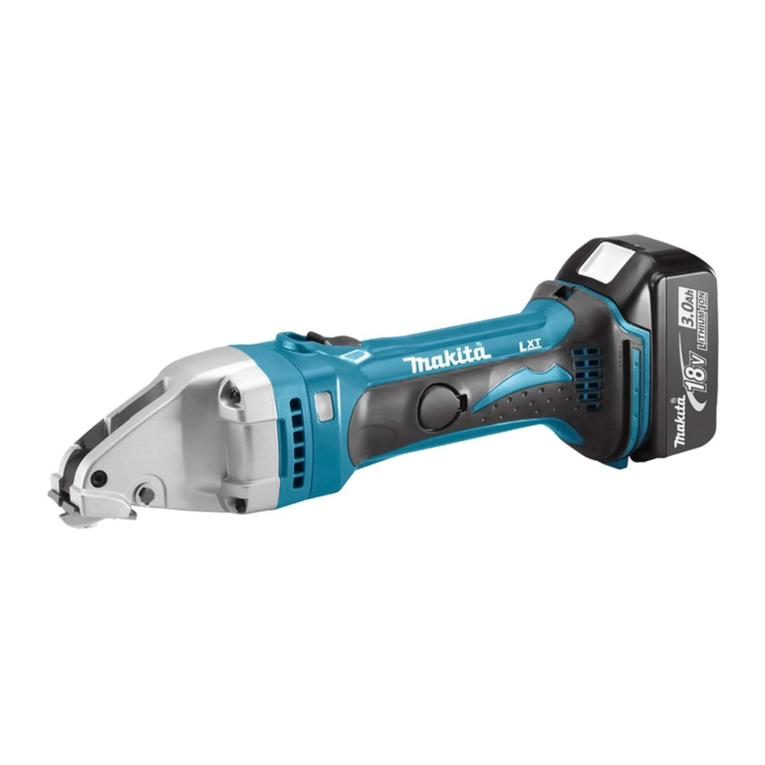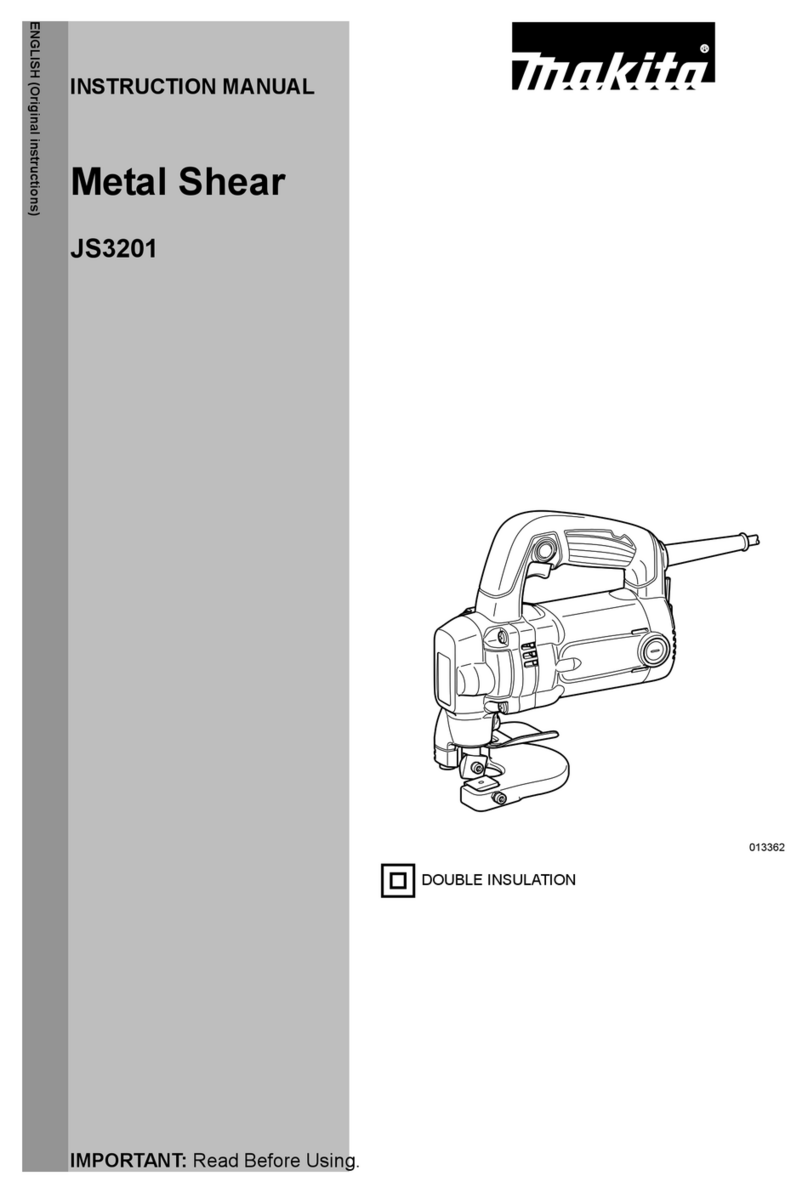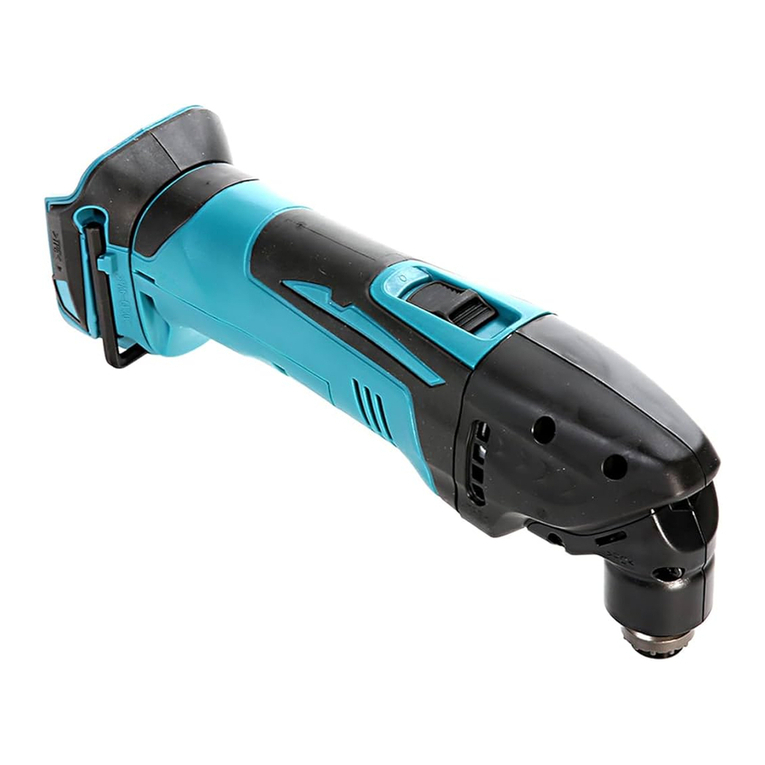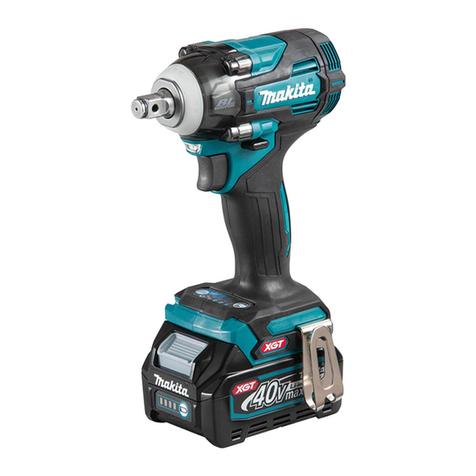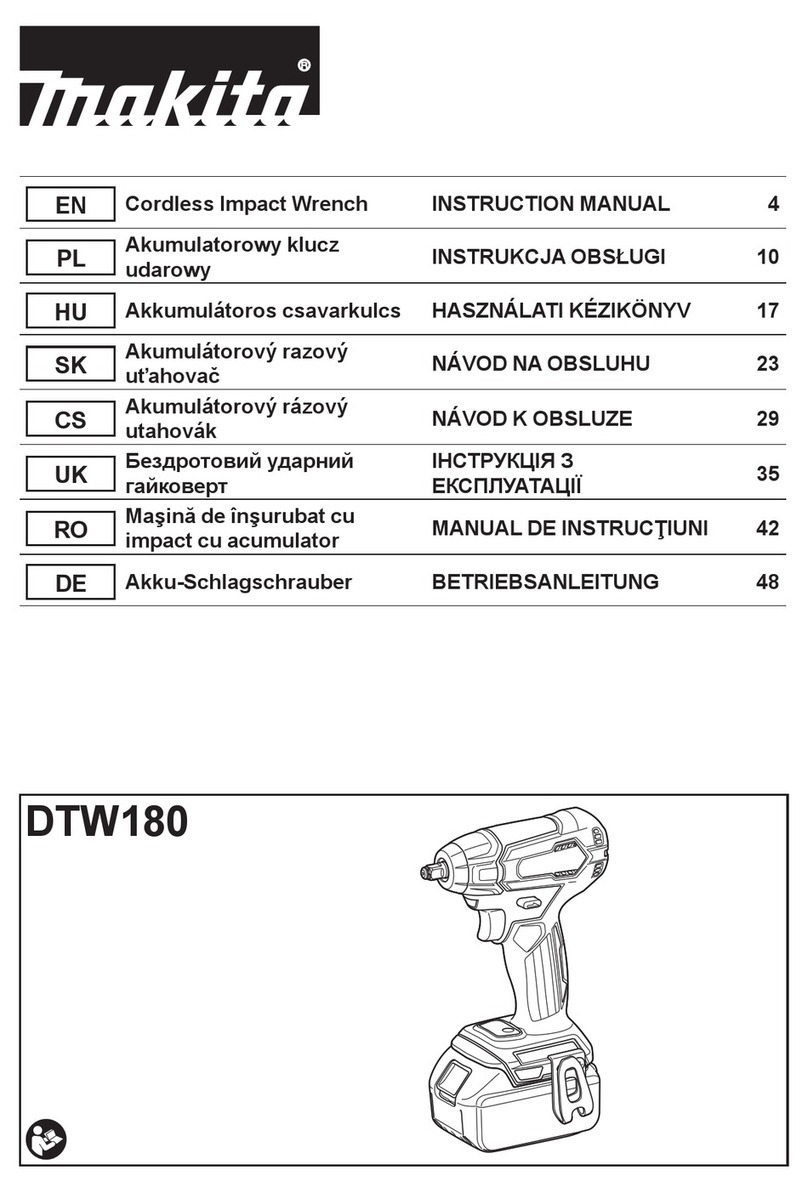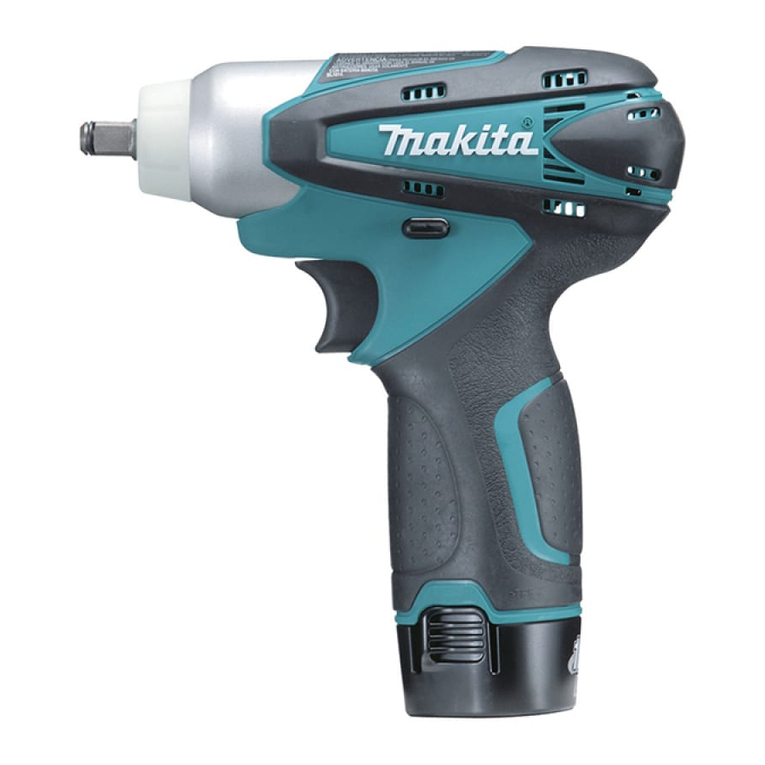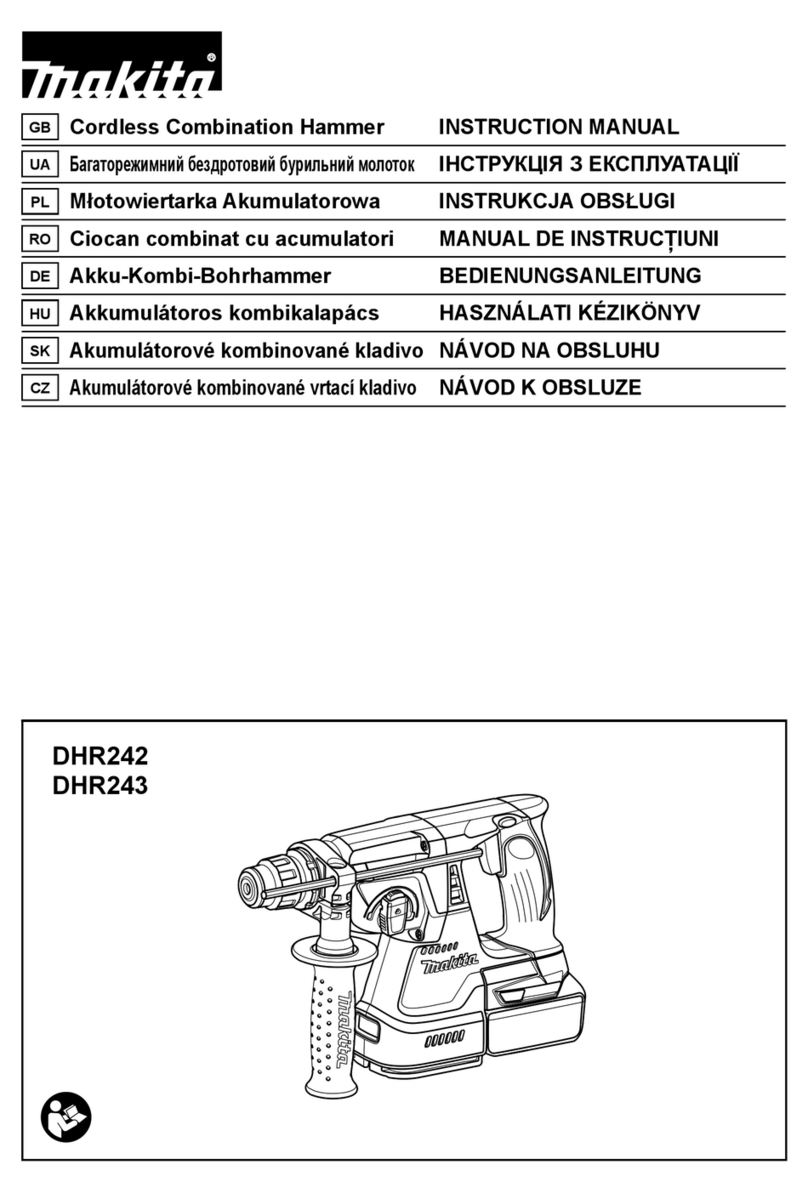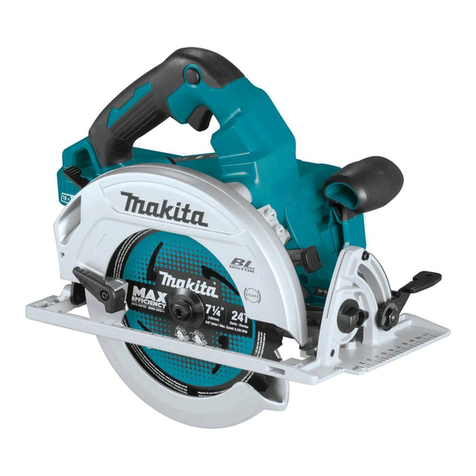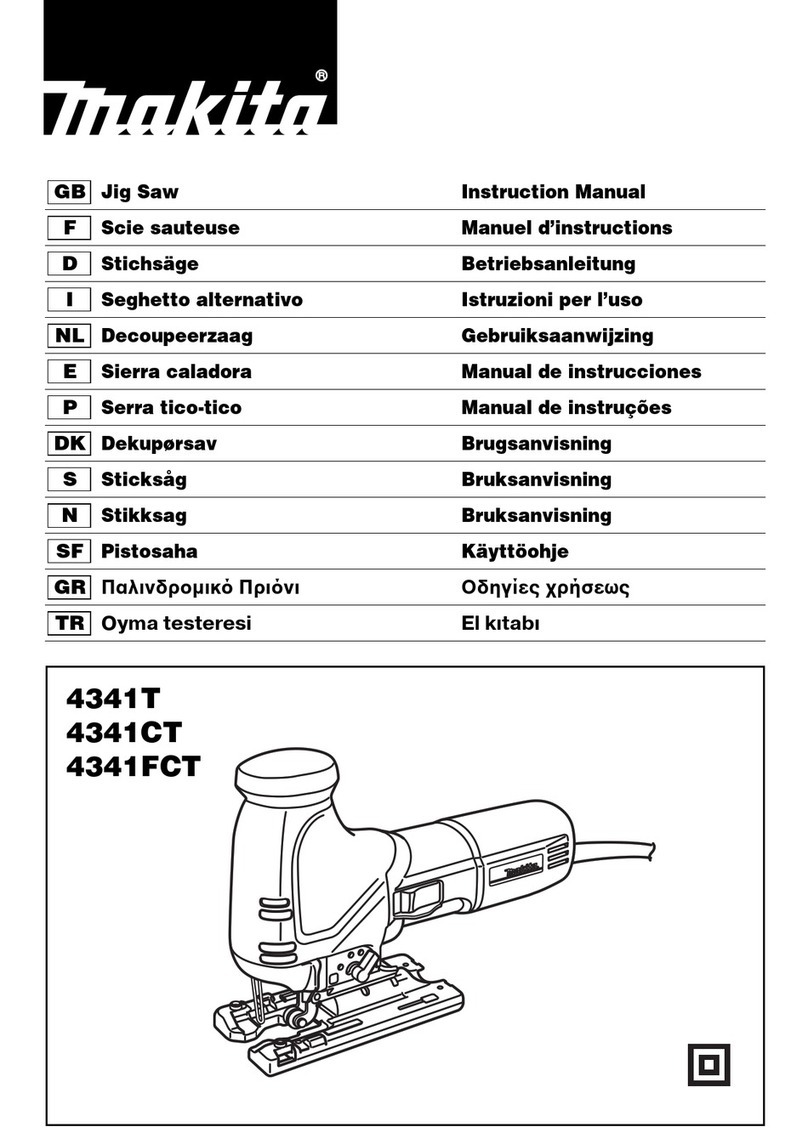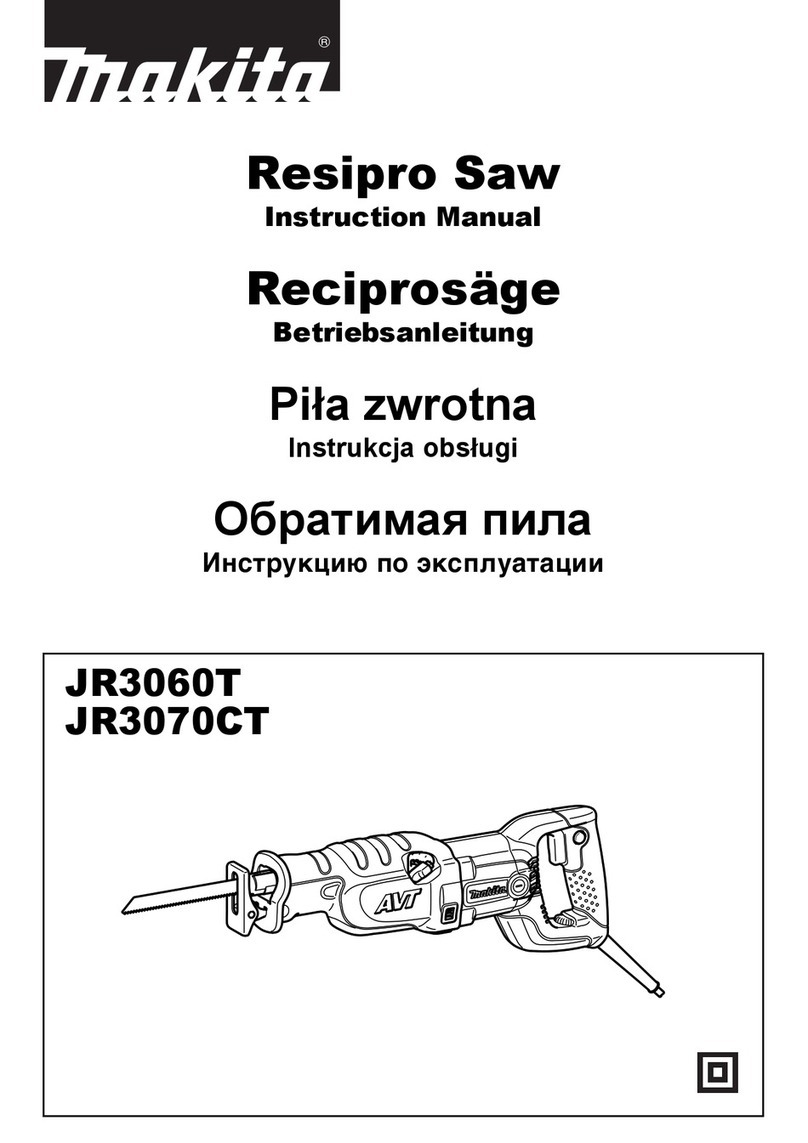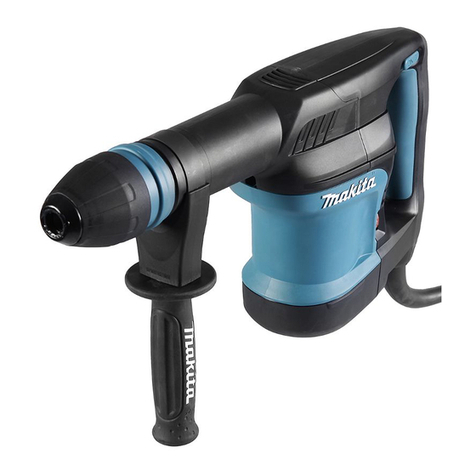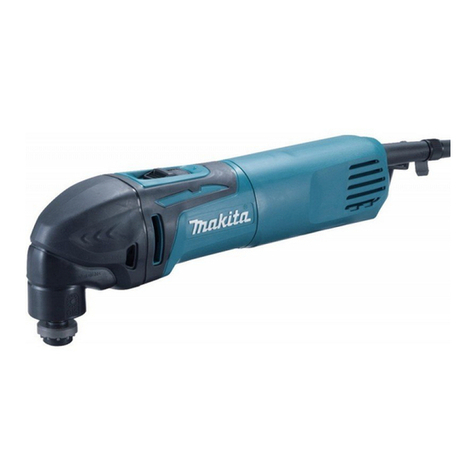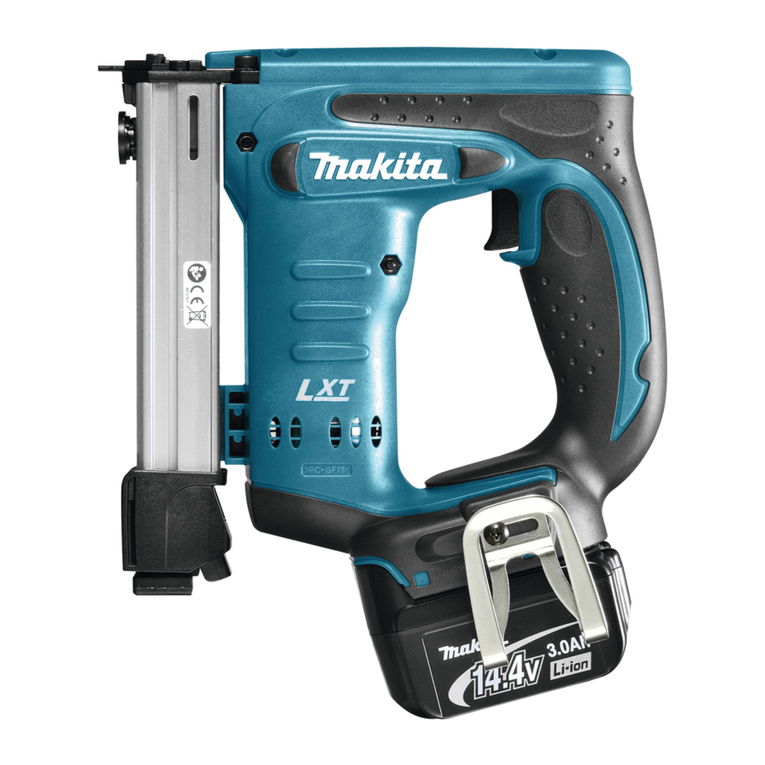
9ENGLISH
Installing cartridge
NOTICE:
• Make sure the piston A is attached to the rod. Do
not use other type of piston for cartridge.
Installing the cartridge into the short
holder (300ml)
► Fig.13: 1. Rod handle
Pull the rod handle backwards slowly until it stops.
► Fig.14
Insert the cartridge into the holder as illustrated.
Push the rod gently until the piston touches the bottom
of the cartridge.
To remove the cartridge, pull the rod backwards until it
stops, then lift out the cartridge.
Installing the cartridge into the long
holder (600ml)
► Fig.15: 1. Holder cap 2. Rod handle
Remove the holder cap from the holder.
Pull the rod handle backwards slowly until it stops.
► Fig.16: 1. Holder cap
Insert the cartridge into the holder.
Attach the holder cap. Make sure it is tightened rmly.
Push the rod gently until the piston touches the bottom
of the cartridge.
To remove the cartridge, remove the holder cap, then
take out the cartridge.
NOTICE:
• Always check the cartridge for puncture or dam-
age before installing. Do not use damaged car-
tridge, otherwise the tool may be damaged.
• When using a partially used cartridge, remove any
adhered material on the cartridge.
Installing lm type pack
NOTICE:
• Make sure the piston B is attached to the rod. Do
not use other type of piston for lm type pack.
• Film type pack can be installed in the long holder
(600ml) only.
Remove the holder cap, the nozzle and the rubber ring
from the holder.
Pull the rod handle backwards slowly until it stops.
► Fig.17
Cut off the tip of the lm type pack.
Insert the lm type pack into the holder.
► Fig.18: 1. Rubber ring 2. Nozzle 3. Holder cap
Attach the rubber ring, the nozzle and the holder cap.
Make sure holder cap is tightened rmly.
Push the rod gently until the piston touches the bottom
of the lm type pack.
NOTE:
• Always check the lm type pack for puncture or
damage before installing. Do not use damaged
pack, otherwise the tool may be damaged.
Direct lling
NOTICE:
• Make sure the piston C is attached to the rod. Do
not use other type of piston for direct lling.
• Direct lling can only be performed with the long
holder (600ml).
Remove the holder cap, the nozzle and the rubber ring
from the holder.
Make sure the rod handle is placed at the most front position.
Dip the mouth of the holder into the caulking material.
Pull the rod handle slowly until required amount of
caulking material is lled in the holder.
Attach the rubber ring, the nozzle and the holder cap.
Make sure holder cap is tightened rmly.
NOTICE:
• Clean the holder with appropriate solvent after
every day's work. Otherwise adhered caulking
material may cause tool breakage.
OPERATION
CAUTION:
• Do not touch the rod during operation.
Otherwise your nger may be pinched between
the rod and the housing of the tool.
• Always wear goggles during operation.
NOTICE:
• Do not cover vents, or it may cause overheating
and damage to the tool.
• If you can not pull out the rod, turn the speed
adjusting dial to 1, and pull the switch trigger for a
moment, and try to pull the rod out after the motor
stopped. If the rod is still clogged, perform the
same action until the rod is able to move.
Cut off the tip of the nozzle suitable for individual oper-
ation. Be careful how much you cut the nozzle. The
diameter of the nozzle affects the amount of caulking
material dispensed.
Pull the trigger to dispense caulking material.
The amount of the caulking material dispensed is determined
by the trigger, the speed adjusting dial, the diameter of the
nozzle opening, caulking material type, and temperature.
It is recommended that the speed adjusting dial is set to
'1' and pull the trigger slowly at the rst time to test how
much amount of caulking material is dispensed.
When the rod reaches front end, the motor starts idling.
Replace the caulking material when it happens.
NOTE: If the caulking material is not dispensed,
check the following items:
• Nozzle tip is not cut adequately. Cut the nozzle
tip suitable for individual operation.
• Hardened material gets clogged in the nozzle.
Remove the hardened material.
• The cartridge is damaged. Replace the
cartridge.
• Caulking material is stiff. Warm the material until
it becomes soft.
• The wrong piston is used. Use appropriate
piston.



